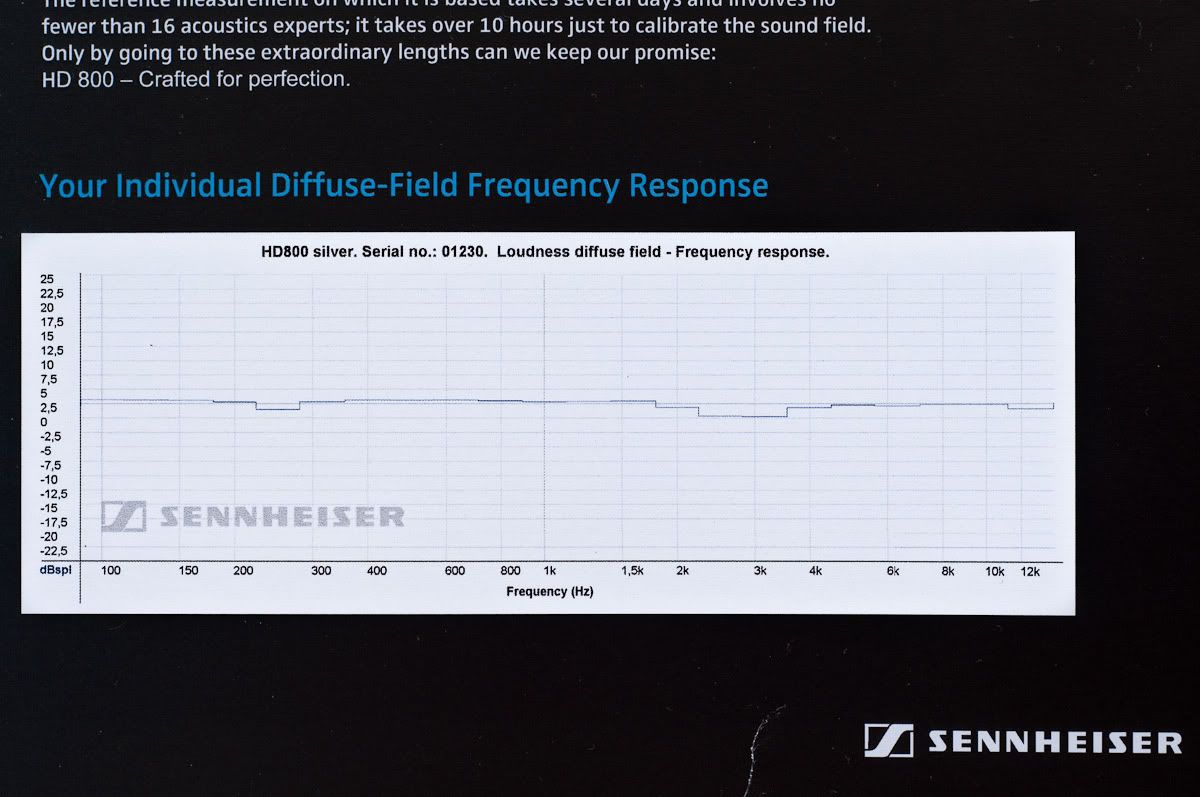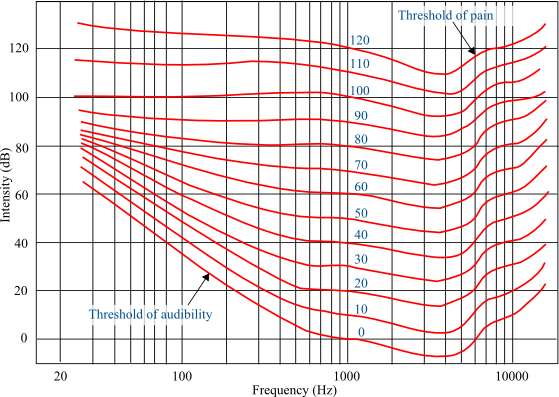Bredin
Banned
- Joined
- Jun 23, 2009
- Posts
- 286
- Likes
- 11
So I heard you like smoothing!



| Originally Posted by b0dhi /img/forum/go_quote.gif There seems to be some confusion here. The graphs you see on HeadRoom's site show the raw response of these headphones. Sennheiser's graphs (contrary to the axis labels) show the equal-loudness corrected response. Both are "correct", it's just that they are showing different things. In Senn's graph, the raw response is compared to some equal-loudness curve and the difference between them is the line you see. Unfortunately Senn isn't explicit about where they get their equal-loudness curve. |
| Originally Posted by Bullseye /img/forum/go_quote.gif ^Fletcher and Munson curves might be the ones they are using. |

| Originally Posted by Bullseye /img/forum/go_quote.gif ^Well skylab, Fletcher and munson curves were not studied/built to be applied to lower frequencies. They were studied/built to tame frequencies between 2000Hz-6000Hz (approx, that means +/-, some models state between 600Hz to 4000Hz, etc...) that are related to our human hearing abilities that are focused on those frequencies because they are were human voice is located. Fletcher and Munson curves lower those frequencies by some decibels in order to hear the full spectrum in what is called "equal loudness" so that due to our hearing abilities no frequency stands over another, (not even the ones our ears are designed to be heard in more detail). EDIT: The paragraphs above are a rough explanation, but on the article I posted above it is explained in depth. You can also search for more articles related to equal loudness, etc... However these results don't mean they are using equal loudness curves, as I don't know exactly how they measured the headphones, if they planned using those curves or not, ... I am just speculating. Then there is also the question why they only put frequencies till 12k instead of 16k-20k, ... |

| Originally Posted by Skylab /img/forum/go_quote.gif That isn't really the right way to look at it. They were ABSOLUTELY looking at lower frequencies! The whole point is that the ear is MOST sensitive in the 1-4K , and how that impacts our perception of frequencies higher and lower. EQ-ing frequencies in the 2-6 K range is no different that EQing the ones outside that range in the other direction 
|



| Originally Posted by Skylab /img/forum/go_quote.gif I am a 15+ year Stereophile subscriber and am a BIG fan of Keith Howard's articles. I read that article the day I got that issue. I thoroughly understand the difficulties in measuring headphones. I worked for a major microphone manufacturer for 8 years, and I have taught a college class on audiology. I GET IT 
I understand that one cannot rely on one set of measurements, especially without knowing all the details about how they were taken. But when multiple different sets of measurements seem to show some similar trends, AND the listening you recommended (which I obviously did as well) seem to also correlate, well...I have no issue calling that "evidence" 
Your point about whether the peak is an "anomaly", or "optimal" is an interesting one, and of course, as you have also wisely pointed out before, that will only be in the ear of the listener, at the end of the day. |


| Originally Posted by iriverdude /img/forum/go_quote.gif Would like to see resonse <100hz and >12khz |
| Originally Posted by k3oxkjo /img/forum/go_quote.gif Sorry I didn't make it explicit Skylab, I really wasn't addressing the suggestion to read the article to you, I heavily suspected you had from the quality and quantity of your postings historically. It was really for folks who hadn't, as evidenced by subsequent postings. 
So this is why I think Sennheiser is insane to release the curves: The differences we see in the curves between different HD-800 SN's are really pretty small for transducers (Skylab has worked for a transducer manufacturer, perhaps he can weigh in on this). And the assessment of the curves as to their subjective effect is no trivial matter. But people will run with this to try and "explain" what they hear (and complain if someone else's pair measures "better"). I will say that, as much as I respect the work Stereophile has done on measurements, whenever I see John Atkinson in the measurements section say something like; the dip at 4 Khz presumedly explains the reviewer's feeling that the speaker had a bit of a hooded sound, I think, How do you know that's true? Yes, I know he has quite a lot of experience, but really? Further, any standard for measurement Sennheiser chose would have been second guessed, when really there is no universally accepted standard to start with! While the raw data is objective, the decision of how to EQ the raw data and subsequent assessment of the EQ'ed curves is subjective. So I guess the point is that the curves, as interesting as they are to see, are not at all definitive. All of this is not to argue for or against the HD-800 sound quality. At this point, all the listening observations (listening observations? What would George Carlin say about this?) and reviews like Skylab's excellent one taken together seem to point to (IMHO) a fairly accurate Gestalt of the HD-800's qualities so that individal listeners can form a reasonable idea as to whether they would be happy with the HD-800 presentaton. Which, to me, is the best thing reviews can do. 
|

| Originally Posted by Skylab /img/forum/go_quote.gif Actually that curve clearly shows exactly what I am saying, which is that bass and upper treble frequencies must be louder than the midrange to be seem to a human to be at the same leve as the midrange, and how much louder depends on how loud the sounds are to begin with. This is a function not just of the midrange, but of the whole spectrum. Maybe we are saying the same thing, just differently 
|

.gif)
| Originally Posted by k3oxkjo /img/forum/go_quote.gif The exception comes because the F-M EQ curve changes "shape" with signal level rather than staying consistant. Peter Walker, the designer of the Quad electrostatic speakers, pointed out that this means there is only one correct playback level where the FR tracks with the F-M characteristic dynamically. This is most apparent in the bass where the lines tend to converge at lower sensitivity levels. So if you listen at a lower level than the original performance, the bass seems to "wash out". But if you apply some sort of F-M EQ for this effect, the bass during louder passages will tend to be too much... |

